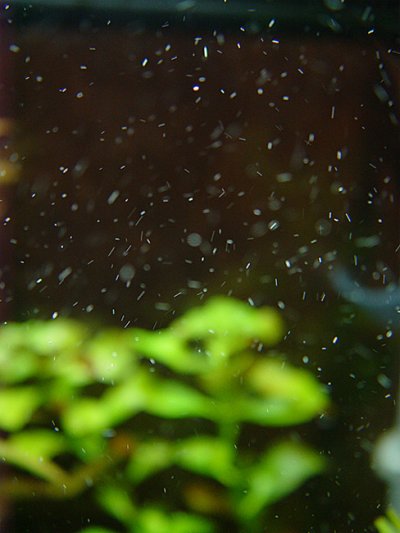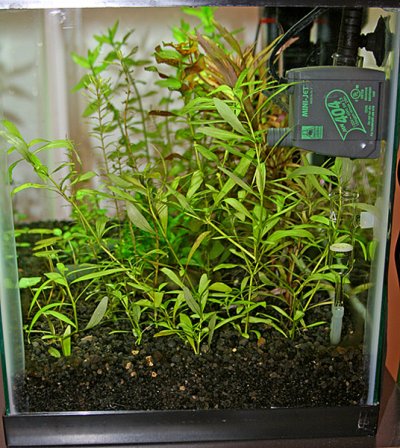Fishyfanatic
Aquarium Advice Addict
I had a really bad stint with brush and blue/green algae about a month or two ago. It overran my tank and caused me to have to toss almost all of my plants. I tried to salvage as much as I could but in the end I just tossed all except for one type. It turned out that the phosphates were maxed on on the test kit and Nitrates were barely reading. I stopped dosing Phosphates entirely and now dose a higher amount of Nitrogen (a heaping 1/2 teaspoon every other day). I still dose Plantex CSM+B every other day. Is it bad that I stopped dosing the Phosphates? I tested the tank yesterday and had 2.0 ppm Phosphates and 10 ppm Nitrates. I'm going to up the Nitrates to try and get that 1:10 ratio. Right now I'm having an issue with the brush algae coming back. I also increased the CO2 a little bit. Any comments?


